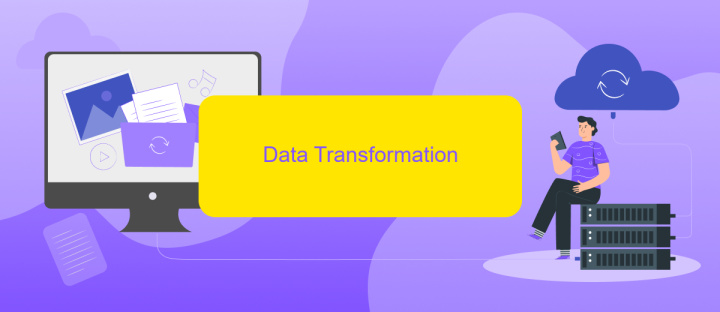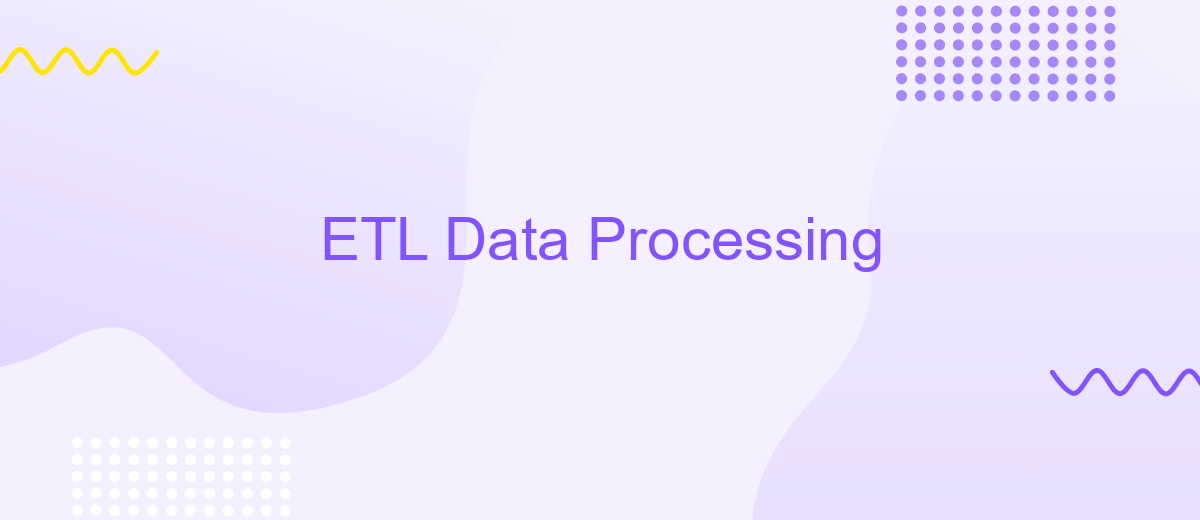ETL Data Processing
ETL (Extract, Transform, Load) data processing is a crucial methodology in data management and analytics. It involves extracting data from various sources, transforming it to fit operational needs, and loading it into a destination database. This process ensures that businesses can leverage accurate, timely, and relevant data to drive informed decision-making and gain competitive advantages.
Introduction to ETL Data Processing
ETL (Extract, Transform, Load) Data Processing is a crucial methodology in managing and utilizing data effectively. It involves extracting data from various sources, transforming it into a suitable format, and loading it into a target data warehouse or database. This process ensures that data is clean, consistent, and ready for analysis.
- Extract: Gather data from diverse sources such as databases, APIs, and flat files.
- Transform: Cleanse, format, and enrich the data to meet business requirements.
- Load: Insert the transformed data into the target storage system for analysis and reporting.
Modern ETL tools and services, like ApiX-Drive, simplify the integration and automation of data workflows. ApiX-Drive allows users to connect various applications and services without coding, streamlining the ETL process. By leveraging such tools, businesses can ensure data accuracy and efficiency, ultimately driving better decision-making and operational performance.
Data Extraction

Data extraction is the initial phase of the ETL process, where data is collected from various sources. These sources can include databases, spreadsheets, APIs, and even web scraping. The goal is to gather raw data from these disparate systems and bring it into a central repository where it can be further processed. This step is crucial as the quality and comprehensiveness of the extracted data directly impact the subsequent stages of transformation and loading.
To streamline the data extraction process, tools like ApiX-Drive can be highly beneficial. ApiX-Drive offers seamless integration capabilities, allowing users to connect with multiple data sources effortlessly. By configuring integrations through ApiX-Drive, organizations can automate data extraction tasks, ensuring that the data is up-to-date and accurate. This not only saves time but also reduces the risk of errors associated with manual data collection. As a result, businesses can focus more on analyzing the data rather than spending valuable resources on data gathering.
Data Transformation

Data transformation is a critical phase in the ETL process, where raw data is converted into a format suitable for analysis. This step ensures that the data is clean, consistent, and usable, which is essential for making informed business decisions.
- Data Cleansing: Removing or correcting inaccurate, incomplete, or irrelevant data to ensure data quality.
- Data Aggregation: Summarizing detailed data to provide a higher-level view, often used for reporting and analysis.
- Data Normalization: Standardizing data to remove redundancy and ensure consistency across different datasets.
- Data Enrichment: Enhancing data by integrating additional information, often from external sources, to provide more context and insights.
- Data Filtering: Selecting relevant data and excluding unnecessary information to streamline the analysis process.
Tools like ApiX-Drive can simplify the data transformation process by automating integrations and data flows between various applications and services. By leveraging such platforms, businesses can ensure seamless data transformation, reducing manual efforts and minimizing errors. This automation not only enhances efficiency but also ensures that the transformed data is ready for downstream analytics and decision-making processes.
Data Loading

Data loading is the final phase in the ETL process, where transformed data is moved into a target system, such as a data warehouse, database, or data lake. This step is crucial for ensuring that the data is readily accessible for analysis and reporting purposes.
Effective data loading requires careful planning to maintain data integrity and performance. It involves selecting the appropriate loading method, whether it's a full load, incremental load, or a combination of both. Additionally, handling data dependencies and ensuring data consistency are key considerations during this phase.
- Full Load: Replaces all existing data with the new dataset.
- Incremental Load: Adds only the new or changed data.
- Hybrid Load: Combines full and incremental loading methods.
Tools and services like ApiX-Drive can simplify the data loading process by automating data integration tasks. ApiX-Drive offers seamless connectivity between various data sources and target systems, ensuring efficient and reliable data transfers. By leveraging such services, organizations can focus on data analysis rather than the complexities of data loading.
Benefits of ETL Data Processing
ETL (Extract, Transform, Load) data processing offers numerous benefits for organizations looking to manage and utilize their data more effectively. One of the primary advantages is the ability to consolidate data from various sources into a single, unified view. This integration facilitates better decision-making by providing a comprehensive and accurate dataset. Additionally, ETL processes help in cleaning and transforming raw data into a more usable format, ensuring that the data is consistent and reliable for analysis and reporting purposes.
Another significant benefit of ETL data processing is the automation of data workflows, which reduces manual intervention and minimizes errors. Tools like ApiX-Drive can further enhance this process by simplifying the setup of integrations between different data sources and applications. By automating these integrations, businesses can save time and resources, allowing them to focus on more strategic tasks. Moreover, ETL processes improve data accessibility and availability, enabling real-time insights and quicker response times to market changes or operational needs.
FAQ
What is ETL in data processing?
Why is ETL important?
What are the common challenges in ETL processes?
How can automation improve ETL processes?
What should I consider when choosing an ETL tool?
Apix-Drive will help optimize business processes, save you from a lot of routine tasks and unnecessary costs for automation, attracting additional specialists. Try setting up a free test connection with ApiX-Drive and see for yourself. Now you have to think about where to invest the freed time and money!

